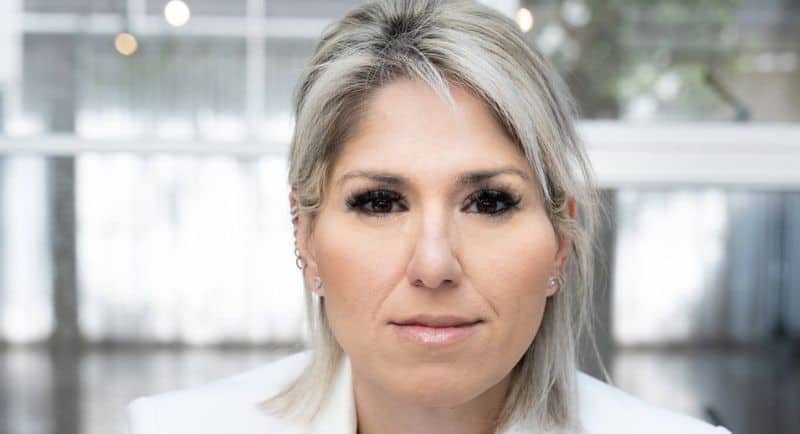By Diane Markovski, founder of Lit Agency
Negotiating with content creators and identifying a fee structure is often one of the most challenging parts of scaling your influencer program.
Without experience, it can be difficult to know whether your creators are overcharging. So, how do we know what the value is? It’s typically still a grey area for businesses and brands because, well, what do we value a post or video or reel at when it comes to our business.
How do we measure an ROI on a campaign or investment into an influencer? What are the rates, and how do we engage?
We are contacted daily by influencers reaching out to brands that we work with, asking to work with the brand and including their rate card. For a marketing manager sitting behind that DM, it can be jarring. Are they the right influencer for the brand or product? Is this the right rate – are they giving enough content or aligning with what we are trying to achieve?
I see so many of these messages and it often is not an authentic reach out. I’ve asked brand managers or social media managers, wow, that’s great – are they even following your account, and have they ever used or tagged your product? The biggest consideration when seeing these messages come through in our eyes!
How to work well with your influencer:
Communicate openly – Discuss your expectations, provide feedback, and address any concerns that may arise.
Show appreciation – Express gratitude for your influencers’ hard work and acknowledge their achievements. A simple “thank you” can go a long way in fostering goodwill and loyalty.
Provide creative freedom – Allow your influencers the creative freedom to produce content that aligns with their personal brand and voice. Trust their expertise and let them take the lead, as they know their audience best.
Offer fair compensation – Compensate your influencers fairly for their work, whether through monetary payments, free products, or exclusive experiences.
Collaborate on projects and campaigns – Involve your influencers in the planning and execution of campaigns and projects.
Share success stories- Share metrics, testimonials, and other positive outcomes with your influencers to strengthen your relationship and motivate them to continue doing great work.
See also: Diane Markovski: The rise of the social media influencer
Now, let’s talk rates. Most pricing starts with one of these baseline formulas and goes up from there.
Engagement rate per post + extras for type of post (x #of posts) + extra factors = total rate.
The unspoken industry standard is $100 per 10,000 followers + extras for type of post (x # of posts) + additional factors = total rate.
Instagram hard post – Average price per IG post (CPE) = Recent Average Engagements x $0.14
Instagram video -Per IG video (CPE) = Recent average engagement x $0.16
Price per Instagram contest = (# of posts*0.14) + (# of videos*0.16) + (# of Stories*price per Story)
Price per Instagram Story = Recent average view x $0.06
Price per Instagram story with poll = price per Instagram story (Recent average view x $0.06) + price per poll (hourly rate for extra labour)
Here is what we have learnt and now know:
Smaller influencers have higher engagement rates than larger ones.
Women aged 16 to 24 are more likely to follow influencers than men.
Gen Z is the most influenced by social media influencers.
Twitter is also a good platform for influencer marketing, with almost half of users relying on recommendations from influencers.
You don’t need a massive budget.
That’s right, I said what I said – micro-influencers, who have between 5,000 and 20,000 followers, can be just as effective at driving engagement and sales as larger influencers.
–
Top image: Diane Markovski

